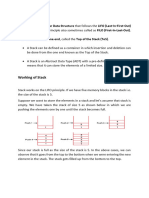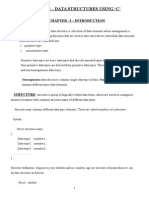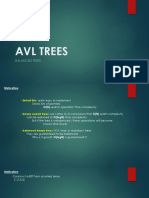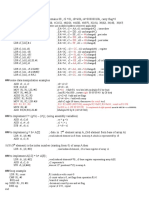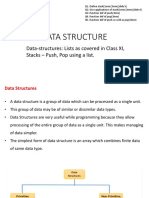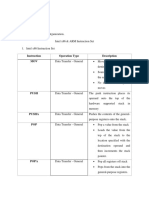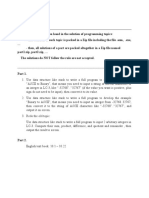0% found this document useful (0 votes)
64 views53 pages3-Stack Queue PDF
This document discusses buffer overflow attacks and stack-based memory. It explains that providing overly large input to a program that does not check input length can allow an attacker to overwrite return addresses on the call stack and hijack program flow. This is known as a buffer overflow attack. The document also discusses how recursion relies on stacks to manage function calls and return addresses, even if explicit stacks are not used in the code.
Uploaded by
M JASWANTHCopyright
© © All Rights Reserved
We take content rights seriously. If you suspect this is your content, claim it here.
Available Formats
Download as PDF, TXT or read online on Scribd
0% found this document useful (0 votes)
64 views53 pages3-Stack Queue PDF
This document discusses buffer overflow attacks and stack-based memory. It explains that providing overly large input to a program that does not check input length can allow an attacker to overwrite return addresses on the call stack and hijack program flow. This is known as a buffer overflow attack. The document also discusses how recursion relies on stacks to manage function calls and return addresses, even if explicit stacks are not used in the code.
Uploaded by
M JASWANTHCopyright
© © All Rights Reserved
We take content rights seriously. If you suspect this is your content, claim it here.
Available Formats
Download as PDF, TXT or read online on Scribd
/ 53





















